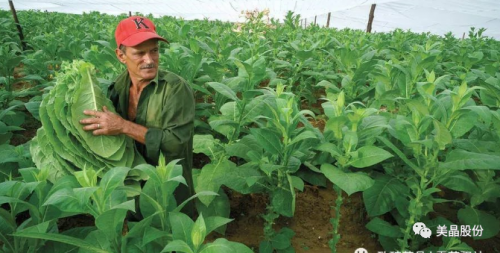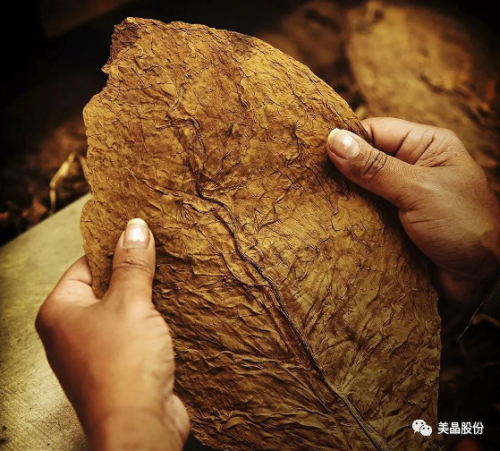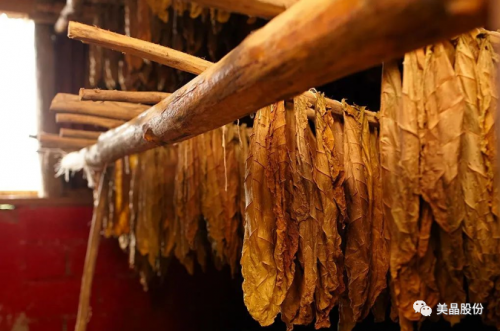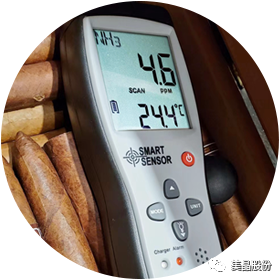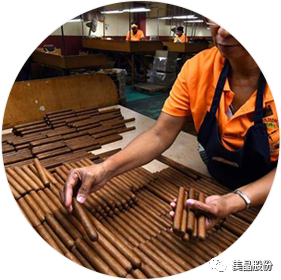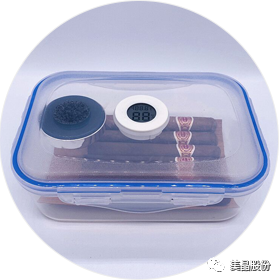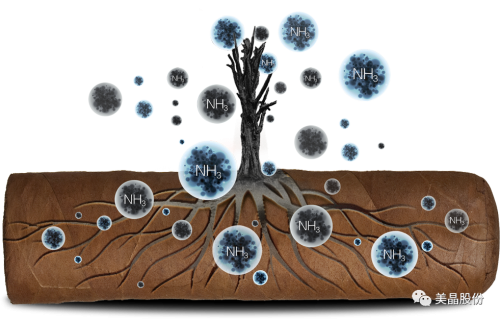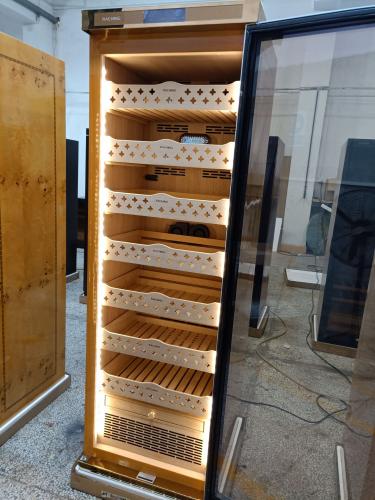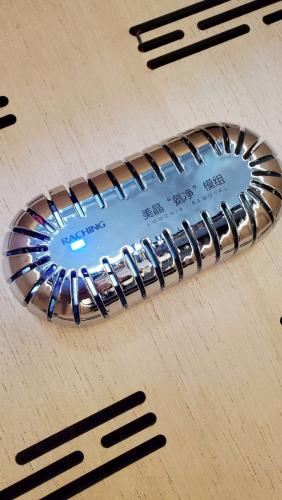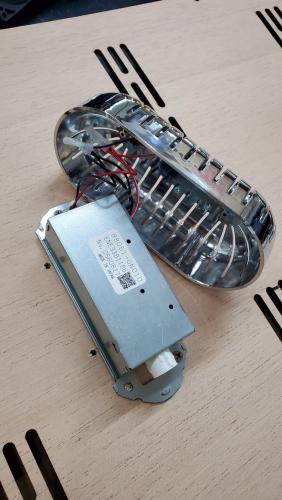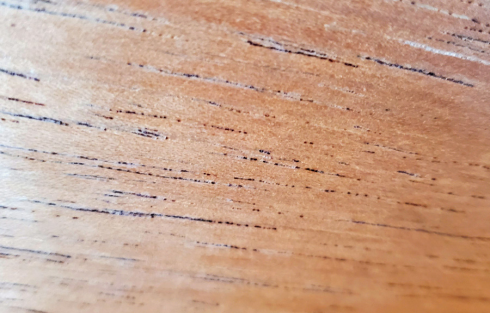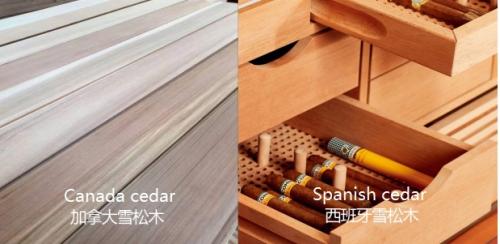Search the Community
Showing results for tags 'cigarcabinet'.
-
The internal reason of cigar producing ammonia Ammonia is actually a form of nitrogen transfer in cigar tobacco. The degradation of nitrogen nutrients in tobacco leaves during the aging process leads to the accumulation of NH4+ in the leaves, which reduces the activity of enzymes involved in nitrogen assimilation, such as glutamine synthetase (GS). , So that ammonium ions volatilize into the atmosphere in the form of ammonia through the apoplast. Therefore, if the residual amount of nitrogen in the tobacco soil is high, the excess nitrogen in the tobacco leaves will affect the quality of the tobacco leaves, and the release of ammonia gas will be more permanent. Knowing the internal causes of ammonia in cigars, we can know: Ammonia is present in all cigars, no matter where the cigar is produced or what tobacco is made, there will be ammonia. This is why the tobacco leaves are subjected to more than twice manualed aging operations during the production process. Through the process of dividing the tobacco leaves into shade and drying, accumulating storage, dividing and drying in shade, and accumulating again, the purpose is to dry out as much "ammonia" as possible and make the tobacco leaves better aging. This makes it clear that all tobacco leaves will produce ammonia during the aging process, no matter it is Cuba or Dominica. As long as the cigar is still aging, the production of ammonia will not stop, just as the long-term multiple aging can weaken the production of ammonia to a state that is not easy for us to detect. Therefore, to ensure those cigars we smoked be more mellow and fragrant. It requires to remove ammonia from the cigars for the following three situations. 1) The first is fresh cigars. With the increasing number of smoking cigar customers, under the conditions of market economy efficiency priority, factories are not allowed to use tobacco to roll cigars after aging two or three years after the tobacco leaves are harvested. In fact, almost all Cuban cigars currently on the market are fresh. Therefore, most hand-rolled cigars only complete the initial fermentation when they leave the factory, and the tobacco quality is very tender, and the rest of the process needs to be carried out by consumers themselves; these cigars will produce a lot of "ammonia" during the aging process. 2) Those cigars have been placed in a closed / sealed container for a long time and are not frequently turned. In Cuba, the tobacco used for rolling cigars or newly rolled cigars are stored in well-ventilated warehouses rather than in airtight rooms or sealed cabinets. The natural temperature and humidity suitable for cigar aging, coupled with good ventilation conditions, can speed up the dissipation of ammonia. 3) Finally, for people who travel frequently, the cigar cabinet does not open for a long time to ventilate. Many cigar lovers have this experience: the moment when the cigar cabinet is opened, a slightly irritating sulky suffocates. This is the ammonia produced when the cigar is alcoholized. If the cabinet is not opened for ventilation for a long time , the ammonia gas will be deeply rooted in the cigar. Over time, the cigars in the whole cabinet are all problematic cigars with "ammonia smell". That's why Ammonia Removal for those cigars stored in cigar cabinet is so important! Expanding knowledge: Since 1999, according to the aging potential of different types of Cuban cigar tobacco leaves, Habanos has selected and retained some high-quality tobacco leaves from the tobacco leaves harvested each year and stored them in Havana aging warehouse, here is the cradle of the Premium Collector's Edition Cigars. All the wrappers, binders and fillers of the RR cellar-storing series are made of tobacco leaves that have been aging for three years or more. The limited edition cigars are made of tobacco leaves that have been aging for at least three years, which can reduce the influence of ammonia on the flavor of cigars.. More limited edition cigar leaf knowledge: How do those Cuban cigars with "GR" or "RR" ring labels exist In Cuba, even ordinary conventional cigars will be placed in a professional cigar aging warehouse for 6-12 months after rolling, or even longer before they are put on the market. The purpose is to reduce the influence of cigar ammonia gas on cigar flavor.
-
- 3
-

-
- cigarhumidor
- cigarcabinet
-
(and 4 more)
Tagged with:
-
Spanish cedar wood or Canada cedar wood ? Both of the Spanish cedar wood and Canada cedar wood are quality options to consider for a humidor. Spanish cedar is considered the best wood for a cigar humidor, as this wood is very good at withstanding humidity and maintaining temperature. Here we would like to introduce them in below 2 aspects: 1) Benefit for cigars Advantages of Spanish cedar: Protection from Tobacco beetles: This type of wood can help prevent the tobacco beetles from building up in the humidor. Positive effect on cigar flavor: Spanish cedar wood is well-known for preserving cigar flavor for extented periods of time. Regulation of humidity/temperature: Spanish cedar is the most effective wood type for helping regulate the temperature and humidity levels within your cigar humidor by far. In view of the most important factor for the cigar storage environment ---- the stability of the temperature and humidity, using Spanish cedar will be better. Because there're many wood fiber ducts and pores on the surface of the Spanish cedar, which is more conducive to the retention of the moisture and absorb and adjust the extra moisture in the cabinet, to help the humidity keep stable in cigar cabinet. Image of Spanish cedar wood Canada cedar is not as effective as Spanish cedar, but it is still a reliable wood for the construction of cigar humidors. And it's more affordable than Spanish cedar. 2) Appearance Their colors are different. Spanish cedar wood is slightly reddish in color, and the color and texture are very uniform. While Canada cedar is grayish white, with larger texture, it has larger color differences and parti-color.
- 1 reply
-
- 2
-

-
- cubancigars
- cigars
-
(and 6 more)
Tagged with:

.png.15b5f6bc4159a73805a9f118f79a68ca.png)


